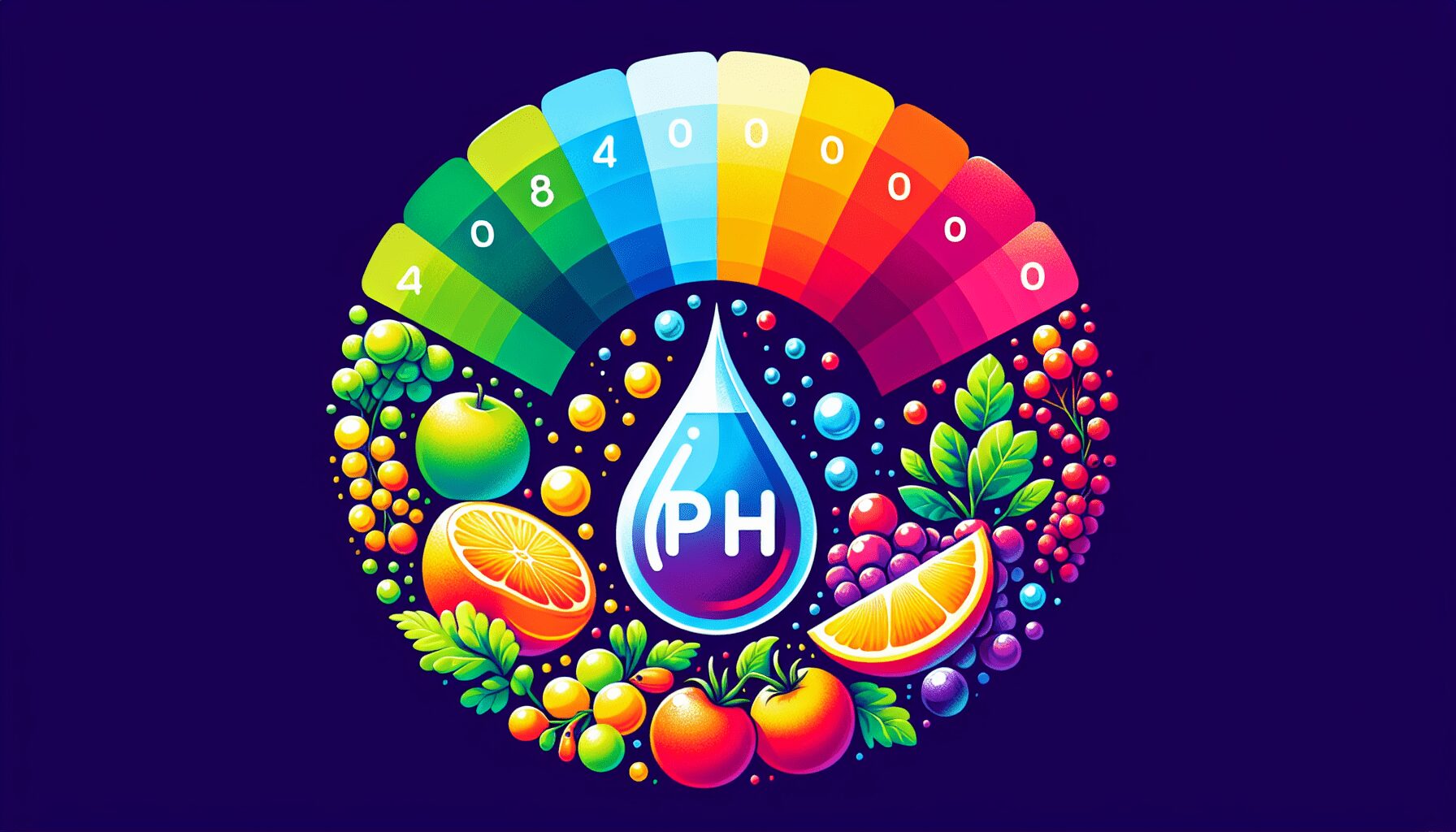Barbara O’Neill, an internationally respected health educator, highlights the significance of maintaining a healthy pH balance to fend off diseases like cancer. She sheds light on eight acid-forming foods that you should avoid to create a healthier, more balanced internal environment.
In this informative session, O’Neill discusses how an acidic body chemistry can promote disease, focusing specifically on foods high in phosphorus, sulfur, and chlorine. By the end, you’ll gain valuable insights into which foods to cut back on and understand why balancing your diet with mostly alkaline-forming foods can be a game-changer for your health.
The Expert Behind the Advice: Barbara O’Neill
Background and Credentials
Barbara O’Neill is an internationally renowned health teacher who brings a wealth of knowledge and experience to the table. With a career spanning several decades, Barbara has dedicated herself to educating people on natural health solutions and the importance of maintaining a holistic approach to well-being. Her extensive background includes authoring several books on health and wellness, as well as conducting numerous workshops and seminars worldwide. Barbara’s expertise is grounded in both practical and academic knowledge, making her a trusted voice in the field of health education.
Her Approach to Health Education
Barbara’s approach to health education is both comprehensive and accessible. She emphasizes the importance of understanding the body’s natural processes and how different factors, including diet and lifestyle, impact overall health. By breaking down complex health concepts into easily digestible information, Barbara empowers individuals to take proactive steps toward better health. Her teachings often focus on natural remedies and lifestyle changes that promote optimal health and prevent disease.
Understanding pH Balance
What is pH Balance?
pH balance refers to the level of acidity or alkalinity in the body’s tissues and fluids, measured on a scale from 0 to 14. A pH value of 7 is considered neutral, values below 7 are acidic, and values above 7 are alkaline. The human body maintains a slightly alkaline pH of approximately 7.35 to 7.45 in the blood. This balance is crucial for various bodily functions, including enzyme activity, metabolic processes, and overall cellular health.
Why It’s Crucial for Health
Maintaining a proper pH balance is vital for good health because it impacts every system in the body. An imbalance, particularly one that skews toward acidity, can create an environment where diseases thrive. Conditions such as cancer, yeast infections, and chronic inflammation are more likely to occur in an acidic environment. By understanding and managing pH levels, you can create a healthier environment for your body, reducing the risk of disease and promoting overall well-being.

This image is property of i.ytimg.com.
How Acidic Environments Foster Disease
The Link Between Acidity and Cancer
One of the most alarming aspects of an acidic internal environment is its link to cancer. Cancer cells thrive in low-oxygen, acidic conditions, making the body’s pH a critical factor in cancer prevention and management. Acidic conditions contribute to cellular damage and mitosis, the process by which cancer cells replicate. By maintaining a more alkaline environment, you can make it more difficult for cancer cells to grow and spread.
Other Diseases That Thrive in Acidic Conditions
Beyond cancer, a host of other diseases and conditions flourish in acidic environments. These include chronic inflammation, osteoporosis, kidney stones, and conditions involving yeast and fungi. An acidic internal environment can weaken the immune system, making it more susceptible to infections and reducing its ability to fend off chronic diseases. By understanding the importance of pH balance, you can take steps to minimize these health risks.
Eight Acid-Forming Foods to Avoid
Identifying Acid-Forming Foods
Acid-forming foods are those that, once metabolized, increase the body’s acidity. These foods are typically high in minerals such as phosphorus, sulfur, and chlorine. Understanding which foods are acid-forming can help you make more informed dietary choices.
Impact of Acidic Foods on Body pH Levels
Consuming acid-forming foods can disrupt your body’s natural pH balance, making it more acidic. This shift can lead to numerous health issues, from minor discomforts like bloating and fatigue to more severe conditions like cancer and chronic inflammation. By reducing or avoiding these foods, you can help your body maintain a healthier pH level.

Meat: High Protein and Phosphorus
How Meat Increases Body Acidity
Meat, especially red and processed varieties, is a significant contributor to body acidity. It is high in protein and phosphorus, both of which are acid-forming minerals. When consumed in large amounts, meat can increase the body’s acidity, putting strain on organs like the kidneys and liver, which are responsible for filtering out these acids.
Western Diet and Its Obsession with Meat
The Western diet is notoriously high in meat consumption, contributing to widespread issues with acidity and related health problems. Reducing meat intake and opting for plant-based proteins can help mitigate this issue and promote a more balanced pH level.
The Modern Wheat Problem
Complex Gluten Structure
Modern wheat has undergone significant changes through hybridization, resulting in a complex gluten structure that is difficult for many people to digest. This complex structure can lead to gluten intolerance, which has become increasingly common in recent years.
Gluten Intolerance and Its Effects
Gluten intolerance can cause a range of symptoms, including bloating, brain fog, and digestive discomfort. For those with severe intolerance or celiac disease, consuming gluten can lead to more serious health issues. By avoiding or reducing the intake of modern wheat, you can alleviate these symptoms and improve your overall health.

Caffeine: A Double-Edged Sword
Caffeine in Daily Consumption
Caffeine is a staple in many people’s daily routines, found in coffee, tea, energy drinks, and various foods. While it can provide a temporary energy boost, it also has acid-forming properties that can disrupt pH balance when consumed in excess.
Combined Effect of Caffeine and Sugar
Caffeine is often consumed with sugar, which exacerbates its acidic effects. Beverages like sugary coffees and energy drinks can significantly increase the body’s acidity, leading to a host of health issues over time. Moderating caffeine intake and avoiding sugary add-ons can help maintain a healthier pH balance.
Refined Sugar and Its Acidic Fallout
How Sugar Disrupts pH Balance
Refined sugar is highly acid-forming. When metabolized, it produces lactic acid and acetic acid, which increase the body’s acid load. Additionally, sugar metabolism depletes essential alkaline minerals such as calcium and magnesium, further disrupting pH balance.
Lactic Acid Production and Mineral Depletion
High sugar intake can lead to increased lactic acid production, which contributes to muscle fatigue and other health issues. Furthermore, the depletion of alkaline minerals weakens the body’s ability to neutralize acids, leading to a more acidic internal environment.
Aged Cheese: High Protein and Mold
Effect on Body’s Acid Load
Aged cheeses, which often contain mold and are high in protein and phosphorus, are significant contributors to body acidity. The fermentation process in aged cheeses produces acidic byproducts that the body must neutralize, increasing the overall acid load.
Nutritional Considerations
While cheese can be a good source of calcium and protein, its acid-forming properties make it a less desirable option for those looking to maintain a balanced pH. Opting for fresh cheeses, which are less acidic, can be a better choice for those concerned about pH balance.
Conclusion: Take Control of Your Health
Implementing Changes
Making dietary changes to reduce the intake of acid-forming foods can have a profound impact on your overall health. Start by identifying the most acid-forming foods in your diet and finding healthier, more alkaline alternatives. Small, gradual changes can lead to significant health improvements over time.
Empowering Yourself with Knowledge
Understanding the impact of pH balance on health empowers you to make informed decisions about your diet and lifestyle. By prioritizing a more alkaline diet and reducing acid-forming foods, you can create a healthier internal environment and reduce the risk of disease. Remember, balance is key, and even small steps toward better pH balance can lead to long-term health benefits. Take control of your health today by embracing the knowledge shared by experts like Barbara O’Neill.